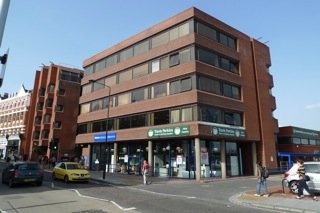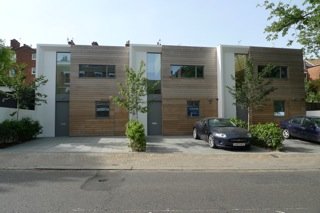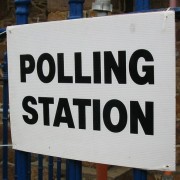Housing: What the parties say
Housing – we need more of it, and it needs to be affordable for more than the highest earners. Not too many people disagree on that. How and where we deliver that is a different story and one that can be written at both the national, city and local level. At the local level, councils are also of course responsible for allocating and maintaining council housing and housing services.
Labour‘s very first manifesto pledge is to build 6,000 new homes – including council homes. It won’t introduce fixed-term tenancies and 80% market rates as long as it has that power. During the current administration, Labour has been selling off assets to fund schools and housing. The most obvious examples locally are 156 West End Lane (the Travis Perkins building) and the Liddell Road industrial estate. The party pledges to ensure that “developments led by the council deliver 50% genuinely affordable housing” (50% by floorspace is the existing target for any development in the borough). It also pledges to continue its reforms of council leaseholder and tenant services.

The Conservatives pledge to make the council’s housing and repairs services more efficient. Specifically they will change how maintenance and repairs are managed including using competitive tenders and reducing red tape. They will sell the freeholds of street properties that have more than 50% leaseholders and encourage right-to-buy. The manifesto makes no mention of additional or affordable housing.
The Liberal Democrats say they will take a proactive approach to creating new social housing, taking advantage of central government schemes and using planning powers to improve the borough’s housing mix and provide homes for young people at a price they can afford. They also want to give council tenants and residents associations a more active role in the delivery of repair and maintenance services.
The Green Party says it would “pioneer innovative models of housing, such a co-housing where individual units share facilities and social space” to keep housing affordable. Such housing would be a priority for new developments on council land. It would also create a register of good landlords to incentivse high standards.
UKIP, which doesn’t have a Camden manifesto but a generic local election one, says it will oppose the bedroom tax but provide incentives to re-use empty homes and that new housing should be directed to brownfield sites. It argues that ending “open-door immigration” would reduce the pressure on housing.
The TUSC, standing in West Hampstead, says it would prioritise the building of social housing including sheltered and accessible housing. It would also push for proper maintenance of current council housing stock by selecting a company that is sensitive to occupant needs/desires and able to provide quality for money. It would also work with developers to build sympathetic private properties of various sizes and that include affordable housing. It wants a register of local landlords and proposes rent caps for private tenants .
WHL perpsective: your reaction to these is likely to depend on your own housing situation and on the sort of communities you want to live in. If you believe that mixed communities are stronger and more interesting places to live than homogenous places then consider that (re)developments in all our wards should seek to improve the socio-economic mix. If you’re a council tenant then the issue may boil down to whether you think the current Labour administration has improved services to tenants or not.

Let us know your thoughts on the policies below and on what housing topics you think the parties should be concerned with.



